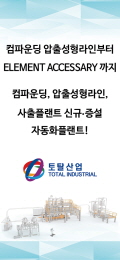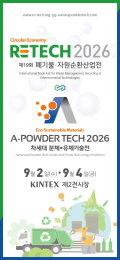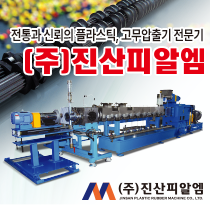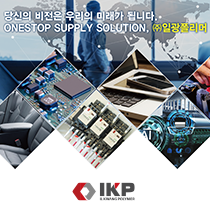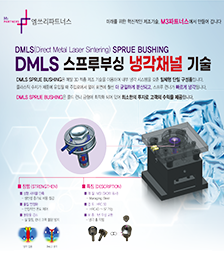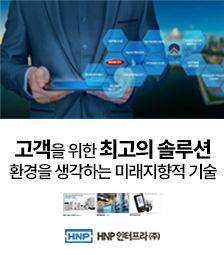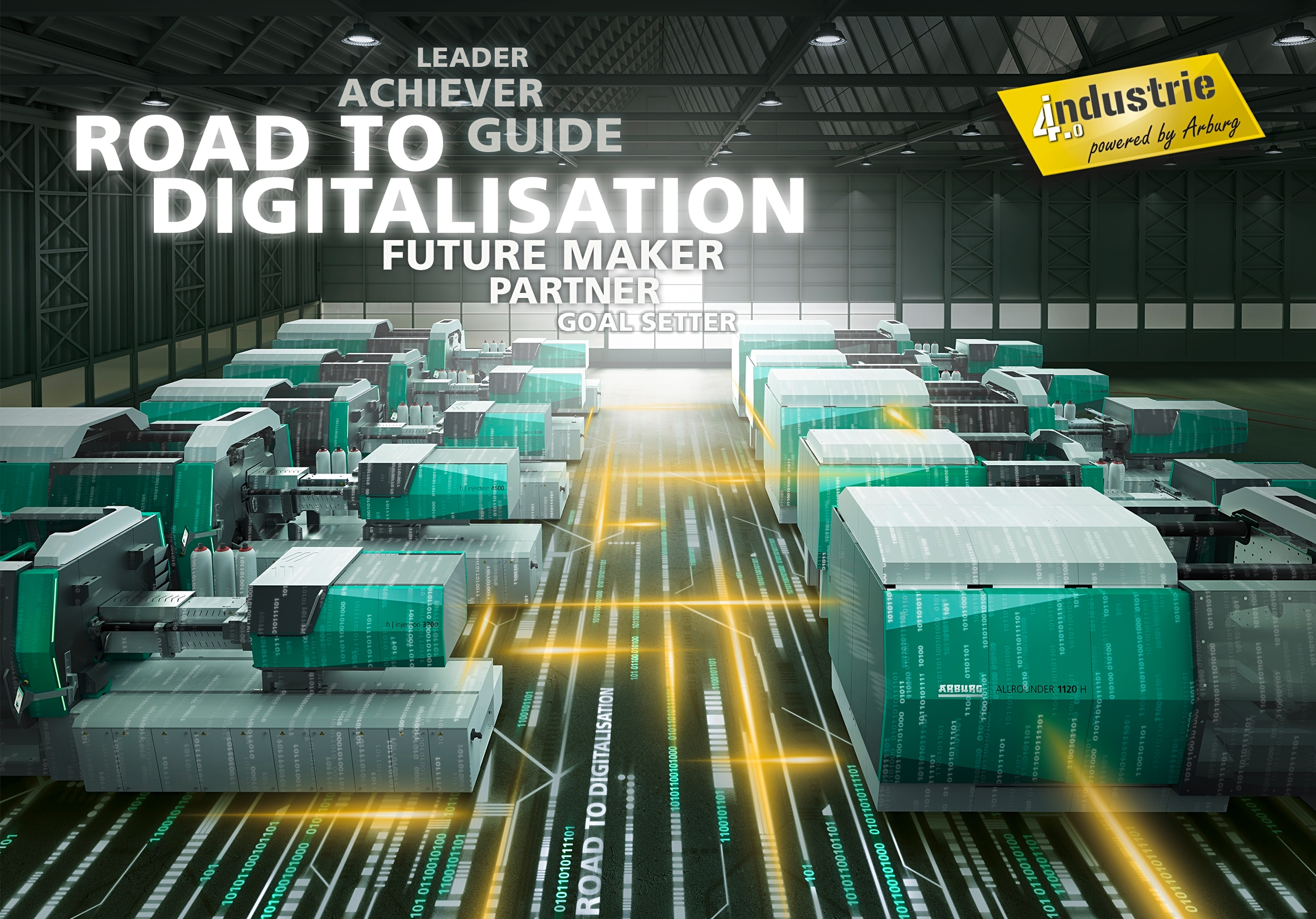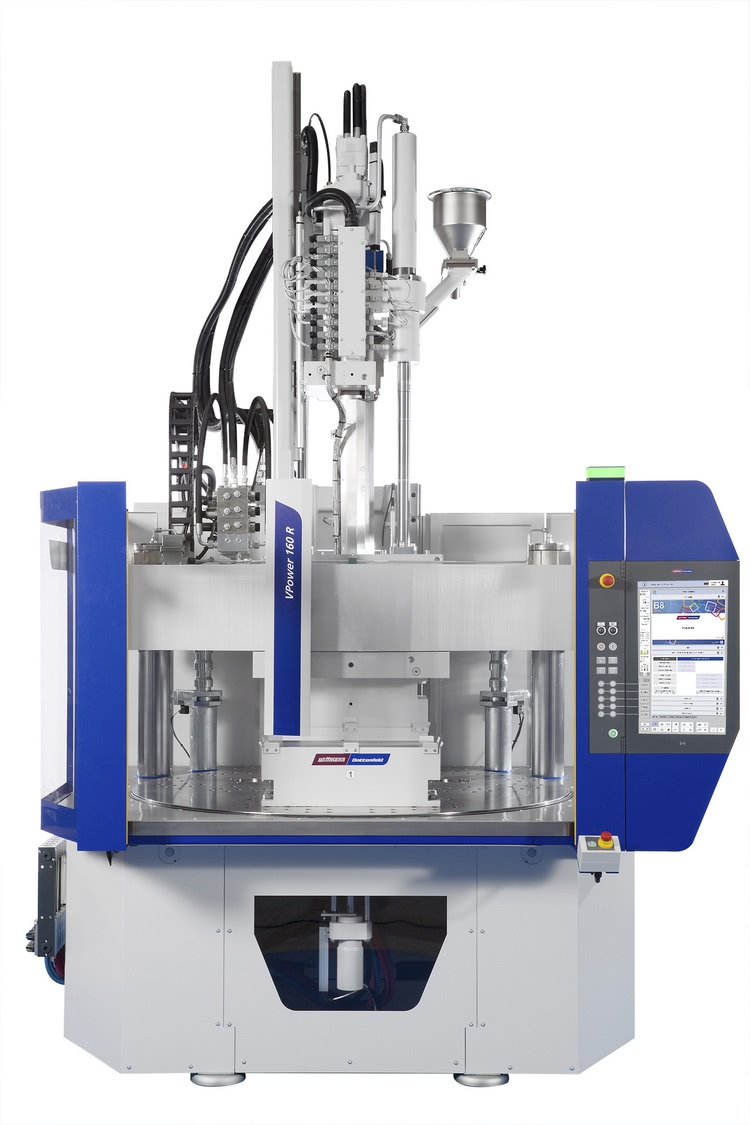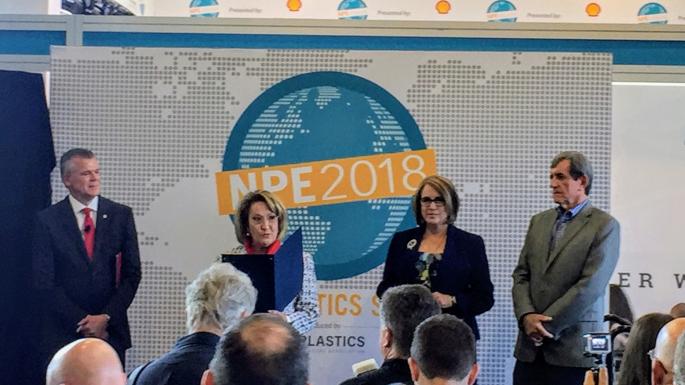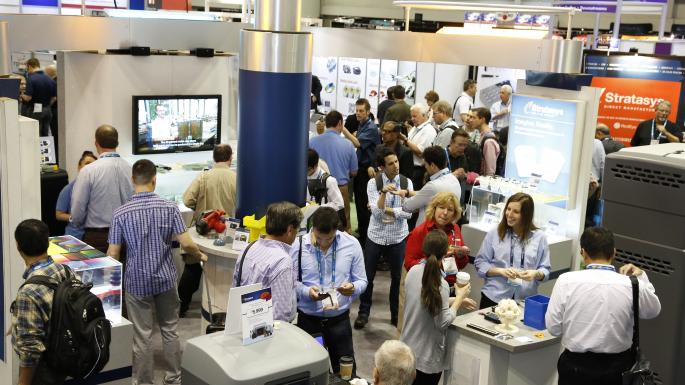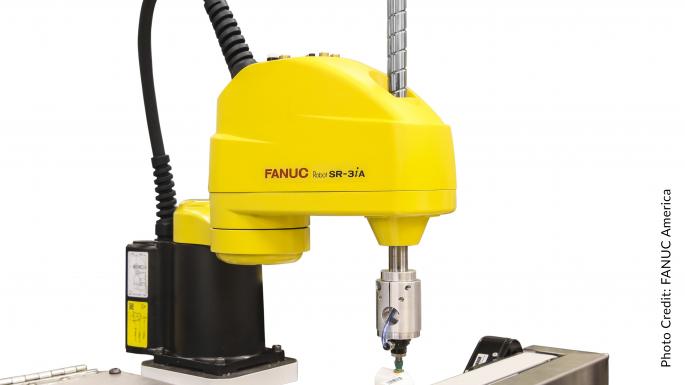At the Fakuma 2018 Arburg will offer trade visitors a chance to experience the future of injection moulding, both digitally and in reality, on the "Road to Digitalisation". The Arburg experts will be on hand at a number of stations to guide trade visitors along the path towards future-proof and efficient plastic parts production. "Our 'Road to Digitalisation' is a bold and practical statement of the approach we want to take with our customers in order to stay on the road to success in the future digital era," explains Michael Hehl, Managing Partner and Spokesperson for the Management Team. "Road to Digitalisation": on the path to success with Arburg The focus at the trade fair is on digital transformation, an area in which Arburg leads the industry. One of the company's objectives is the "smart" machine, which monitors its own processes, controls them adaptively and actively supports the operator in every situation. Arburg has created new assistance packages for this task, which will be presented at six stations. The new Gestica control system and the Selogica ND (new design) will also be presented as well as the potential of augmented reality (AR) for the "smart" service and the Arburg host computer system ALS, which is the central building block of Industry 4.0. For even greater customer proximity, Arburg is strengthening its range of services and will present a first insight into a new customer portal at the Fakuma 2018. Further Highlights The Arburg Turnkey Control Module (ATCM), a data collector for complex turnkey systems from Arburg, will be presented for the first time as well as the 'Packaging' version of the Allrounder 820 H in new design. Further highlights will include a practical example of Industry 4.0 and LSR processing for the production of micro components. All the exhibits will be on view in the new colour scheme.Arburg presents the future of injection moulding in practice with the "Road to Digitalisation".● Hall:A3 Booth:A3-3101ARBURG GmbH + Co KGTel: +49 7446 33-3463vsusanne_palm@arburg.comwww.arburg.com
Aeyoung Park
2018-10-16

